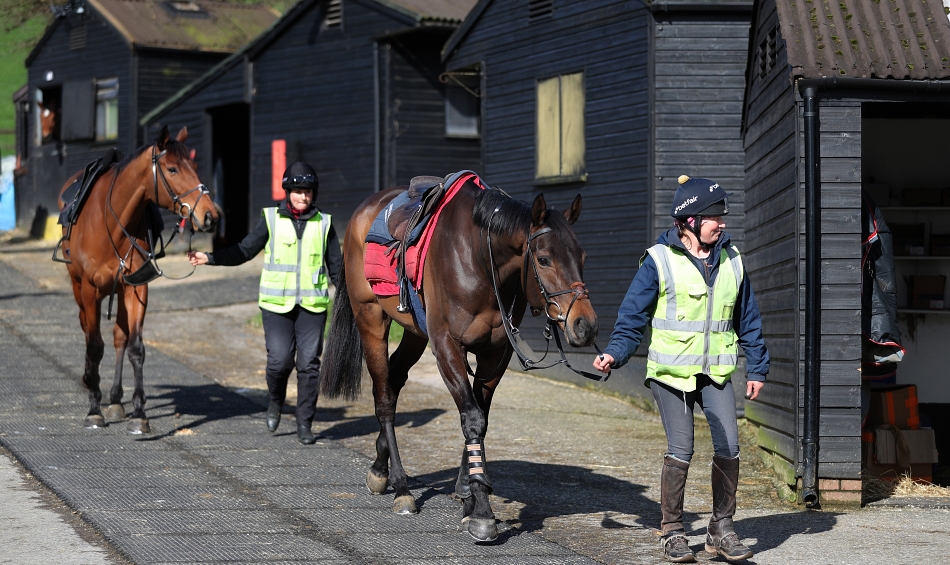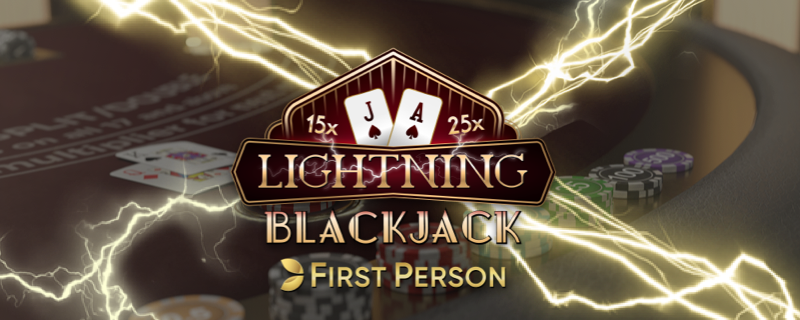THE SECRETS OF WINNER-FINDING: There’s been one week of Daqman’s winner-finding series (about horses, hype and trainers so far). The series will resume after Grand National week with betting tips and a guide to value hunters.
Part 1️⃣ LAST TUESDAY: in the Archive: Nearly Horses
Part 2️⃣ WEDNESDAY: Form Is Simply What You Beat
Part 3️⃣ THURSDAY: Hype and How To Ignore It
Part 4️⃣ FRIDAY: The Truth About Trainers
Part 4️⃣ (continued) TODAY: You Need To Know The Stables
NEXT TIME: which modern trainers would you choose to follow?
VIRTUAL GRAND NATIONAL ON TV: Gear up all next week with Daqman for the virtual Grand National. The race, of the 40 most likely to have been there for real, will be on computer in a simulation by ITV1, using algorithms and animation to recreate the world’s greatest race. A second race will be a clash of past winners.
YOU NEED TO KNOW THE STABLES
You really should have a share in a horse. However small the share. It takes you closer to the animal and on the inside of the game, which punters never see on television.
You appreciate training much more, when you witness some of the work that goes into it, alongside the problems a horse can have.
If you can’t do that, at least study trainers’ records and spot their idiosyncrasies, habits and mistakes.
I mentioned the major stables I had contact with: Sir Michael Stoute, David Elsworth, Bill Elsey and others top yards I knew below.
But let’s look lower down the scale where the horsemanship and skills required of the small trainer and his staff are multiplied by the need to keep fit an animal who is on a narrow path, almost on a ledge throughout his career.
His ability limits him to the level of racing he can cope with; his fitness dictates when and how often he can go racing; and he demands that the trainer knows what distance on what ground he can do well and how he should be ridden to the best advantage. All this when the horse’s constitution is less than you’d like.
The bigger the stable the better the work-riders and top jockeys they can hire for a horse’s preparation. A good rider can tell you at home and on the racetrack what they feel is right for him and how much he can do.
Jeremy Glover could draw on his natural horsemanship and riding skills from a career which started with Harvey Leader and ended as first jockey to Stan Mellor.
Glover quickly learned that he had to ride every two-year-old in the yard himself before the head lad or any of the work riders. Any standouts would then be revealed only to him.
Glover trained three Cambridgeshire winners in eight years (that will probably never be beaten) and was the top Midlands trainer, once we lost Jack Hardy.
I had a late-developer three-year-old make his debut under Glover, and Michael Hills came back after the race and told us: ‘He’s sure to win something.’
But the trainer warned me: ‘It’s always the second race that really matters. See what he does then; not for nothing are young horses allowed several races before they get a handicap mark.’
This particular animal never raced again after his second start. We went to see him saddle up before the race and almost had him withdrawn; he was terrified, lathered in sweat, so much so that I renamed him on the spot: Persil.
As for older horses who become ‘thinkers’, they can be craftier than an old fox. We had one finish a chase so well, head in chest, that we thought he was a good thing next time.
Sure enough, he was absolutely cantering under Steve Holland, a rider with good hands and a decent racing brain. Coming to the top turn at Market Rasen, it was a case of giving him a tap and gliding by the field coming down the hill, and taking them whenever he wanted from the bottom bend into the deceptively long straight.
Our beast didn’t get that far. He dangled a foreleg and an alert jockey, thinking something was wrong, slid out of the side door and stopped the horse to a walk. Then, as the field swept by, he planted all four feet and began to strut his stuff to Steve and the ambulance that was fast approaching.
‘Fooled yah; nothing wrong with me, but I don’t fancy breaking sweat and getting a stitch today, thankyou very much.’
I figured that women trainers were so looked down on in their early days that their horses were starting at prices bigger than they should be. They certainly worked hard: Gay Kelleway lived racing.
If she wasn’t out in the yard, on the gallops or at the races, she was studying videos of every run way into the night. Tough as her dad, Paul Kelleway, who rode for the immortal Ryan Price.
Brookie Sanders took a filly of mine to run in the Supreme Novice Hurdle at the Cheltenham Festival. She had won at Lingfield and ran at the Derby meeting.. and just look at the way she was cruising behind the leaders at Cheltenham!
Yet still we were frowning, on tenterhooks. Only ‘connections’ knew that she’d gone into season and smashed her box to kindling the night before. She wouldn’t have any nervous energy left when the race really started.
Jack Hardy saddled two Cheltenham winners at one festival, despite having only a handful of horses.
He told me: ‘Training the winner of a seller is just as much hard work as training a Derby winner, maybe more so. You have to get him right on the day knowing that he can go wrong in so many ways, all the time wondering what the other trainers have kept up their sleeves.’
Cyril Mitchell At Epsom, Cyril was trainer of Be Friendly for Peter O’Sullevan. He was a man of great skill at placing a horse for a race.
He told me on the rattler to Newton-le-Willows (for Haydock Park): ‘When you see 0001, winner trained C. Mitchell, don’t think crafty so-and-so, think ‘Cyril’s earned the winter corn for the yard and can relax a bit and concentrate on the horses for the rest of the season.’
Trainers are very different. I used to talk to one of the senior lads at the John Dunlop stables in Arundel.
John, who learned his trade with Gordon Smyth, was one of the seriously good trainers, winning three Guineas, two Oaks, two Derbys and three St Legers.
His training method was, basically, apart from the teaching of youngsters, to run horses only when they could win the race.
They would be seen rarely on a racecourse and, when I called my man there one Sunday, I asked: what have you got for next week. ‘Not a lot really.’ he sighed, ‘but we’ve won some good races at home!’
Look back now on the career of Jeremy Noseda and you will see a similar attitude. You don’t wonder at it when you know that he had been assistant to John Dunlop!
Guy Harwood, who trained Arc winner Dancing Brave, gave me advice when my horses with a smaller trainer weren’t doing well.
Some trainers held the opposite view to the Dunlop-Noseda style. As a result, they either overraced or overtrained their horses. ‘Your man is getting underneath them,’ Guy told me. ‘He has to let the horse tell him when he’s fit and ready to run.’
Many good judges would have taken my bet on Red Rum to win the Grand National. Ginger McCain was training him relentlessly on the beach. Red Rum would have to be an iron horse to withstand that and succeed. He was.
Standing close up to them at their stables, only Desert Orchid’s frame has had me gasping since. The courageous Dessie was like a farm horse crossed with a hunter, fitted with a sports-car engine. And wings.
The only time this journalist got into the headlines himself was when I decided not to hire his trainer, David Elsworth, for a column in my paper, but to make the contract out in the name: Desert Orchid. The Guardian reported that Dessie was allowed to communicate only with me!
But Dessie did his talking on the track. Four King Georges, a Gold Cup and an Irish Grand National to name but a few, as they say.
Did you know that as well as checking the realtime prices on BETDAQ below – you can also log into your account and place your bets directly into BETDAQ from BETDAQ TIPS.







